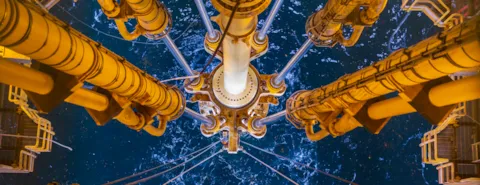Cost-Effective Duplex Alternatives for Subsea Umbilical Tubes
Joint Industry Project
Developing a reliable guideline for the qualification and ensuring the appropriate technology readiness level of welded duplex pipes for subsea umbilical service conditions
Background
In the energy sector, subsea umbilicals often utilize metallic tubes made from superduplex alloys, known for their exceptional corrosion resistance and mechanical strength in seawater environments. However, these superduplex tubes significantly raise costs, accounting for up to 70% of total umbilical expenses due to their price and the complexity of seamless tube production.
Objective
DNV is spearheading an initiative to explore cost-effective duplex alternatives like grades 2404 and 2205 for subsea umbilical tubes, aiming to replace the standard superduplex alloy 2507. This shift not only promises comparable corrosion resistance and strength but also a considerable reduction in manufacturing costs.
Schedule
The Joint Industry Project (JIP) will span two years, commencing in the first quarter of 2025. The project is divided into phases, with the initial phase dedicated to small-scale testing and feasibility studies for the alternative materials.
Benefits
Switching to welded duplex tubes from the traditional seamless superduplex tubes offers significant cost savings and supply chain flexibility. This transition maintains the required durability and reliability in harsh subsea conditions, potentially transforming cost structures in the energy industry.
Solution
DNV proposes a rigorous qualification process for welded duplex tubes involving extensive small-scale testing to assess their performance under typical subsea conditions. This qualification process aims to achieve a Technology Readiness Level (TRL) suitable for commercial application, ensuring these alternatives meet stringent industry standards without compromising safety or efficacy.
